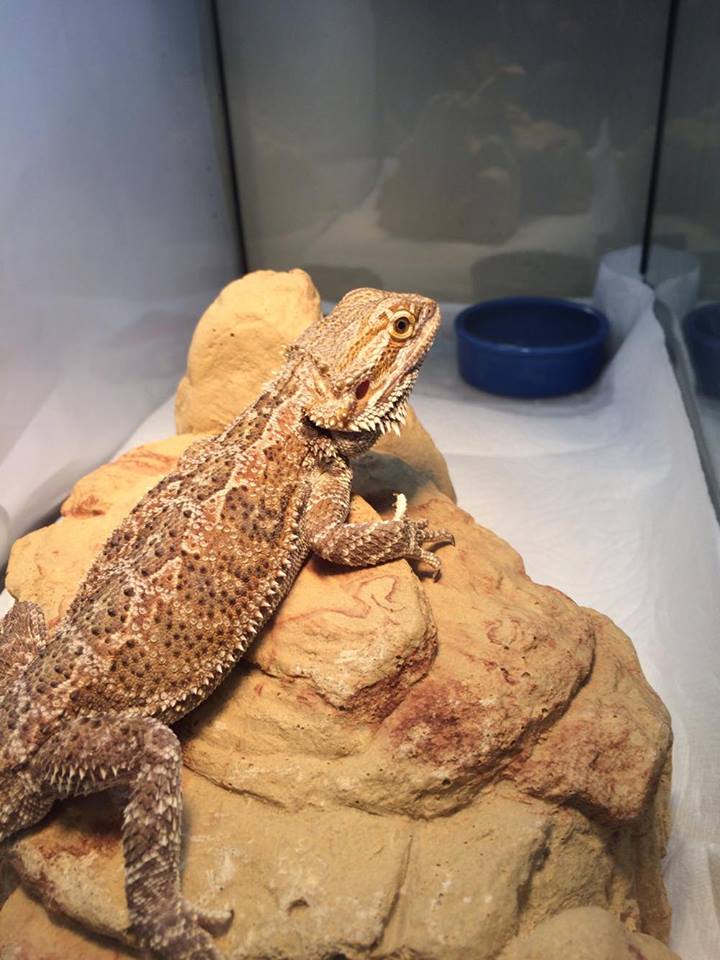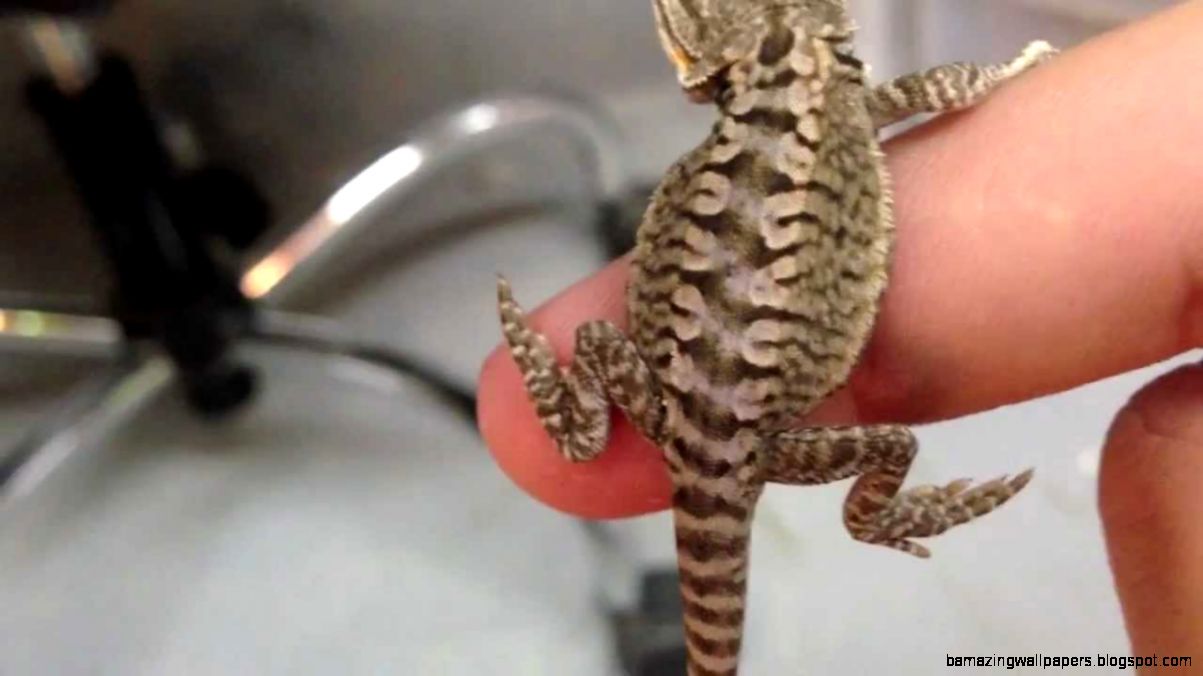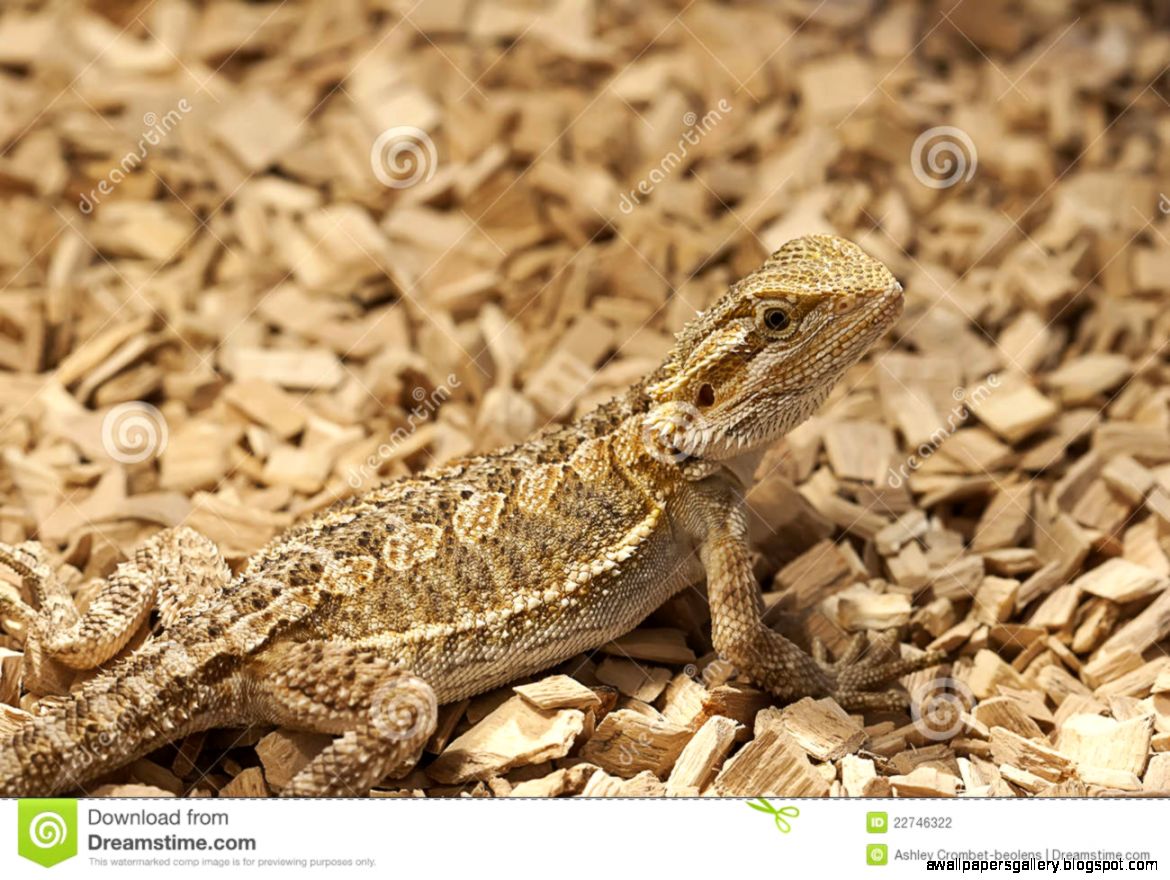The Ultimate Guide to Juvenile Bearded Dragon Shedding
Introduction
Are you a new owner of a juvenile bearded dragon? If yes, then you should know that they shed their skin regularly, just like any other reptile. Shedding is a natural process for bearded dragons and plays a critical role in their growth and health. In this guide, we will discuss everything you need to know about juvenile bearded dragon shedding, from the reasons behind it to how to ensure a smooth shedding process.
Why do juvenile bearded dragons shed?
Bearded dragons shed their skin as a part of their growth process. As they grow, their skin becomes tight and uncomfortable, and shedding helps them get rid of the old skin and grow new skin. Bearded dragons also shed for other reasons, such as illness, injury, or stress.
When do juvenile bearded dragons shed?
Juvenile bearded dragons shed their skin frequently, usually every few weeks. They shed more often than adult bearded dragons because they are growing rapidly. The frequency of shedding may decrease as they reach maturity, but shedding will always be a part of their life.
Symptoms of juvenile bearded dragon shedding
Juvenile bearded dragons will show signs that they are about to shed. Some of these symptoms include:
- Cloudy or opaque eyes
- Dull, discolored skin
- Decreased appetite or lethargy
- Scratching, rubbing, or biting at their skin
How to help your juvenile bearded dragon shed
It’s essential to help your juvenile bearded dragon through the shedding process to ensure they are comfortable and healthy. Here are some tips to help your bearded dragon have a smooth shedding process:
1. Provide proper humidity
Proper humidity is crucial for a smooth shedding process. Bearded dragons need a humidity level of 30-40% for most of the time. But during shedding, you might want to raise the humidity by spraying a little water in the enclosure or providing a humid hide. A humid hide is a small container with moist material where your dragon can lay in to help loosen the skin.
2. Offer warm baths
Sometimes, a warm bath can help your dragon’s skin and make shedding easier. Soaking them in lukewarm water (85-90 F) for 10-15 minutes can help loosen the skin and soothe any irritation.
3. Provide rough surfaces
Bearded dragons need rough surfaces in their enclosure to help rub off old skin as they start shedding. Set up rocks, logs, or any other rough surface in the enclosure to help your dragon shed smoothly.
4. Keep the enclosure clean
Keeping the enclosure clean can help prevent any infections or irritations in the shedding process. Clean the enclosure regularly and change the bedding after your dragon has shed.
What not to do during shedding
There are a few things you should avoid when your juvenile bearded dragon is shedding. Doing these can cause problems or prolong the shedding process. Here are some of the things not to do:
1. Do not pull the skin
You might be tempted to help your dragon and pull the skin off, but this is never recommended. Pulling the skin can hurt your dragon and even cause injury.
2. Do not put too much moisture in the enclosure
While humidity is essential during shedding, too much moisture can lead to infections and other problems. Keep the enclosure clean and dry.
3. Do not offer abrasive surfaces
While rough surfaces help with shedding, abrasive surfaces can cause injuries or irritations. Avoid using any abrasive materials that can harm your dragon.
Conclusion
Shedding is a natural process for juvenile bearded dragons, and it’s essential to help them through it. Follow the tips mentioned above, and your dragon will have a smooth shedding process. Never forget, shedding may be uncomfortable, but it’s a necessary part of their growth and development.








